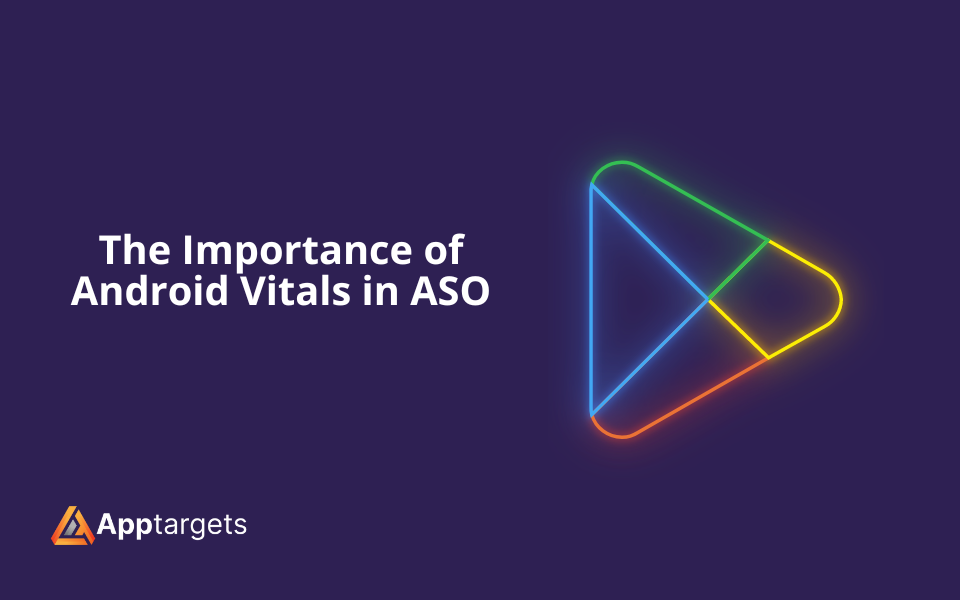The Importance of Android Vitals in ASO
Ensuring that your application functions properly is paramount for achieving high rankings in searches. One crucial aspect in this regard is the utilization of Android Vitals in App Store Optimization (ASO) strategies. Android Vitals plays a pivotal role in helping developers understand and enhance the stability, performance, battery usage, and other critical aspects of their applications.
Android Vitals constitutes an integral part of Google's initiative aimed at improving the overall stability and performance of Android devices. As users engage with Android applications, various metrics may impact the device's performance. These metrics are meticulously tracked and displayed within the Android Vitals panel in the Google Play Console.
By closely monitoring Android Vitals metrics, developers gain valuable insights into potential areas for improvement within their applications. Addressing issues related to stability, performance, and battery usage not only enhances the user experience but also contributes to higher rankings in app store searches. Thus, integrating Android Vitals data into ASO strategies is essential for optimizing app performance and achieving success in the competitive mobile app market.
What Does Android Vitals Measure?
The values measured by Android Vitals are as follows:
- Battery usage: Google Play penalizes apps that make excessive network usage in the background and make many wake locks.
- Stability: Measures Crash and ANR rates and penalizes applications that make errors too repetitive.
- Processing time: Collects data on the processing speed and the frequency of frozen screens.
- Application start time: Measures the start timing of the application when the application is closed, open, or open with activity.
- Refusal of permission
Why are Android Vitals Important in ASO?
Monitoring Android Vitals is crucial in App Store Optimization (ASO) as it directly impacts the performance and visibility of applications and games on the Google Play Store. An increased ANR (Application Not Responding) error rate can lead to a significant loss in user engagement and calls. Therefore, developers are allowed to monitor the performance of their apps and games on the Play Store platform. However, exceeding the predefined limits set by Google can result in penalties, including reduced visibility within the store.
The repercussions of poor Android Vitals extend beyond keyword rankings; they can also affect the overall rating and reputation of an application. Apps plagued with bugs and errors are likely to receive negative reviews and low ratings from dissatisfied users, tarnishing the app's image and decreasing its average score. Consequently, maintaining optimal performance metrics and promptly addressing any issues that arise is essential for sustaining positive user experiences and maximizing the visibility and success of applications on the Google Play Store.
The Impact of Technical Errors on the App Store
While the App Store may not explicitly restrict an app from being seen in searches due to errors mentioned above, it's important to note that there isn't necessarily a direct causative relationship between error rates and visibility metrics within the store's algorithms. However, this doesn't diminish the significance of addressing frequent issues within the application. Even though error rates might not directly impact visibility, they can significantly affect user experience, which in turn influences user ratings and reviews. Poor ratings and negative reviews can deter potential users from downloading or even considering the app, ultimately impacting its visibility and success. Therefore, while error rates may not be a direct factor in search visibility, they still have substantial implications for the app's overall performance and user acquisition. Hence, it remains crucial for developers to prioritize addressing and minimizing errors to maintain a positive user experience and optimize the app's potential for success in the market.
